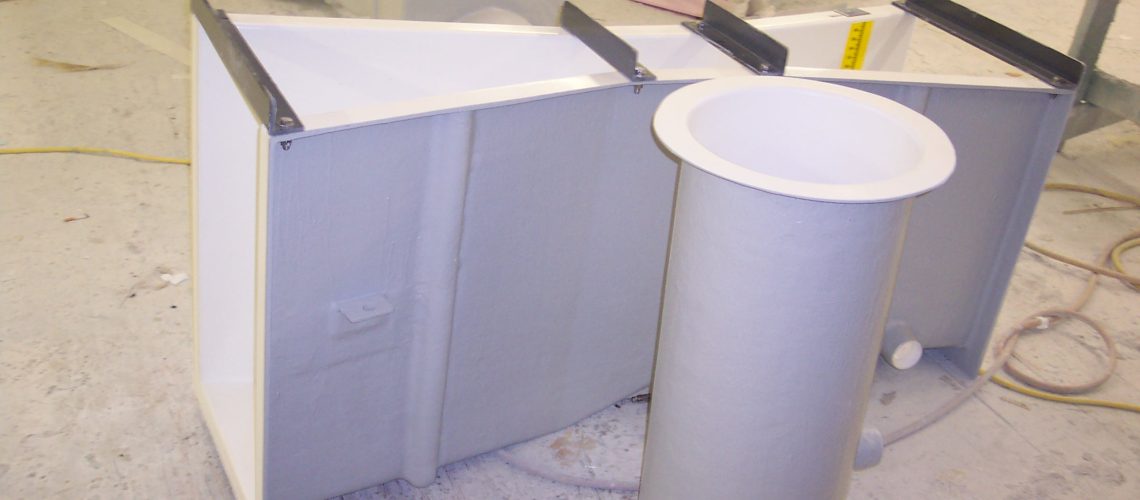Flow conditioning is a common practice with flumes, and one of the best ways to condition flow is to make use of a stilling well. Stilling wells are attachments to a flume that are designed to dampen or quiet a flow to reduce surface turbulence. They can be effective when the turbulence would otherwise throw off your measurements, but stilling wells aren’t always used correctly. Learn about the most common stilling well problems.
Too Much Lag
While some stilling wells are attached directly to the sidewall of a flume, that’s not always possible. In fact, any kind of flume that doesn’t utilize a vertical wall, like a trapezoidal flume, for example, prevents stilling wells from being attached too closely because the well has to be standing vertically. With a slanted wall, the stilling well can only be as close as the top of the wall, which can create quite a distance from the stilling well to the part of the flume it’s attached to.
When a stilling well isn’t attached directly to the wall, it suffers from a lag between the primary channel and the stilling well. A larger opening can alleviate this, but some installations fail to account for the lag. Because of this, measurements are thrown off, rendering efforts useless. The 2-inch opening guidelines for a stilling well only apply to attached wells. Detached wells may need larger openings.
Sanitary Flows
Stilling wells can be useful for calming surface turbulence, but only when the flow doesn’t contain any sanitary solids. If there are sanitary solids in your flow, a stilling well won’t work properly. This is because solids will deposit in the stilling well. While you technically can account for the issue by regularly removing the solids, the sheer cost of this kind of frequent maintenance doesn’t work for many flow channel situations.
Given the size of the connecting channel from the flume to the stilling well, it’s common for solids to get caught in there and clog the pipe. When this happens, the flow channel will function as if there’s no stilling well at all. You can pulse water through the channel to clean it, but high sediment flows will likely clog the connector so often that the maintenance required to maintain it will be virtually constant.
Icy Flows
If your flow channel is in a cold-weather environment, it may be subjected to freezing temperatures. In a moving flow, that’s not so much of a problem, but the water in a stilling well is relatively calm. Because of this, ice can form on the surface, and that adds some problems to the well’s functionality. Fortunately, there are several ways to counteract this, but even some of the solutions come with potential problems.
One of the most common solutions is to implement an immersion heater with the stilling well. While this works well to prevent ice from forming, it requires a power source to keep running. Additionally, low flow conditions can cause the water in the stilling well to simply evaporate. You can try putting a layer of oil on the surface of the water in the well. Just make sure you don’t utilize this method during low flow conditions as the oil could drain out into the flume.
Stilling Wells From Tracom
Now that you know how to deal with common stilling well problems, you can implement one of your own in a flume. At Tracom, we’ll help you ensure that a stilling well-properly conditions your flow without issue. Contact us today to learn more.



